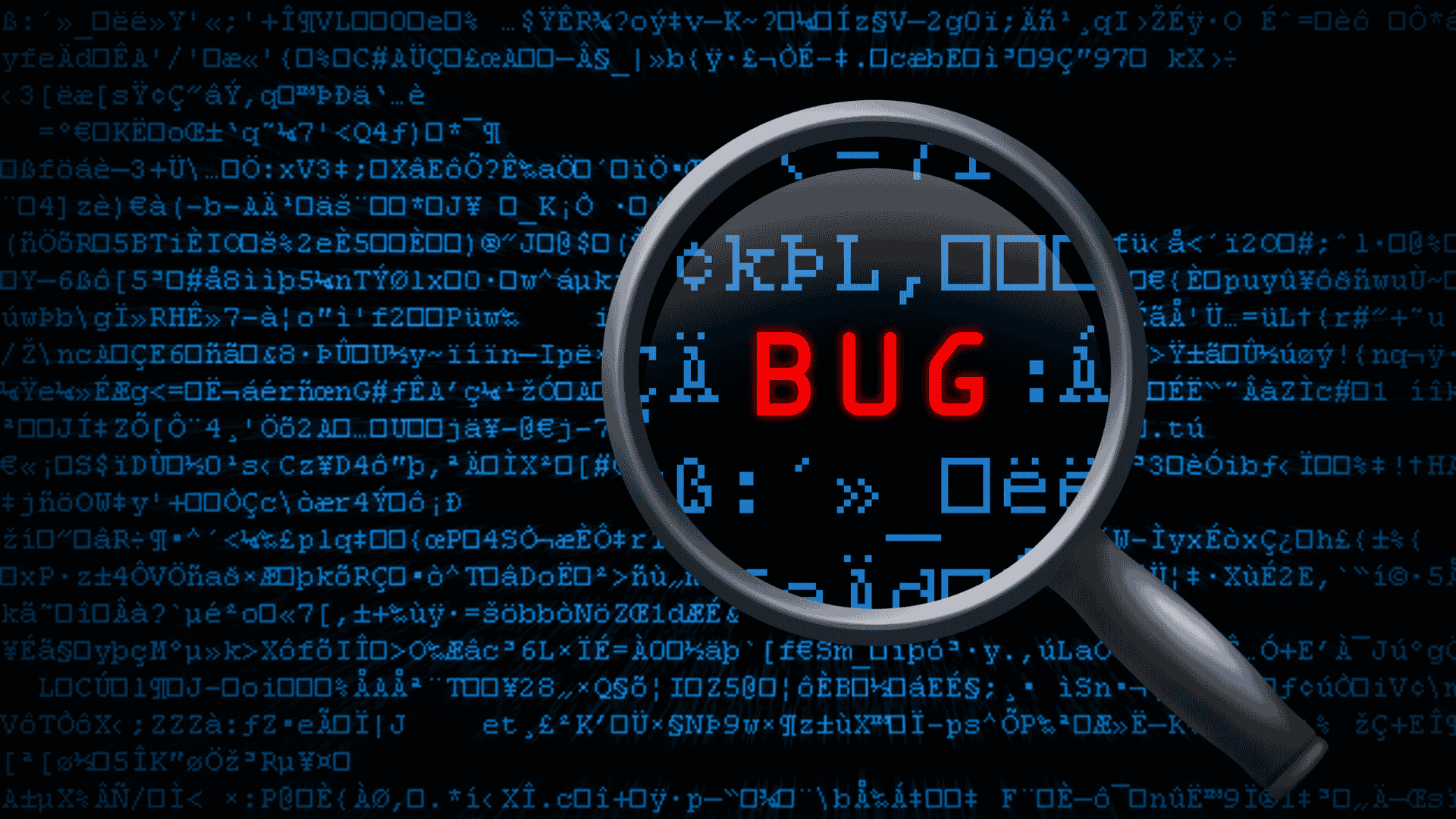
The Modern Evolution of Software Testing: Embracing AI and Beyond
_______ Sankar SanthanaramanTesting methodologies have been extremely dynamic based on the applications, technology, and various other factors. From traditional manual approaches to cutting-edge AI-driven solutions, the journey of software testing reflects the industry's relentless pursuit of efficiency, accuracy, and innovation. This blog post explores the recent evolution of software testing, with a particular focus on the game-changing role of AI and the exciting future that lies ahead.
The Recent Shift in Software Testing Paradigms
1. Continuous Testing in DevOps (Late 2010s)
The widespread adoption of DevOps practices has led to the integration of testing throughout the development lifecycle:
- Shift-left and shift-right testing approaches
- Emphasis on continuous feedback and quality
- Integration of security testing (DevSecOps)
2. Rise of Microservices and API-first Testing (2015 onwards)
The move towards microservices architecture has significantly impacted testing strategies:
- Focus on API testing and service virtualization
- Need for more sophisticated integration testing
- Emergence of contract testing
3. Cloud-Native Testing (Late 2010s - Present)
Cloud technologies have revolutionized how we approach testing:
- Testing in and for cloud environments
- Leveraging cloud resources for scalable test execution
- Emergence of Testing as a Service (TaaS) platforms
4. AI and ML in Testing (2020 onwards)
The integration of AI and ML has opened new frontiers in software testing:
- AI-powered test generation and optimization
- Predictive analytics for test prioritization
- Machine learning for anomaly detection and pattern recognition in test results
The Evolving Role of Automation in Modern Testing
Automation continues to be a cornerstone of effective testing strategies, but its role has evolved:
1. Intelligent Automation
- AI-enhanced test automation tools that can self-heal and adapt to changes in the application under test
- Automated creation and maintenance of test scripts
2. Codeless Automation
- Rise of low-code/no-code testing tools, making automation accessible to non-technical testers
- Visual modeling of test scenarios
3. Hyper-Automation
- Combining multiple automation technologies (RPA, AI, ML) for end-to-end process automation
- Automated environment provisioning and test data management
4. Continuous Automation
- Seamless integration of automated tests in CI/CD pipelines
- Real-time quality gates and automated release decisions
The Cutting Edge: Generative AI in the Testing Landscape
Generative AI represents the latest frontier in software testing, pushing the boundaries of what's possible:
1. Advanced Test Case Generation
Generative AI models creating comprehensive test suites based on minimal input, with automatic generation of edge cases and complex scenarios.
2. Synthetic Test Data Creation
AI models generating realistic, privacy-compliant test data at scale, creating diverse data sets representing various user profiles and behaviors.
3. Intelligent Test Maintenance
AI-driven updating of test cases and scripts as applications evolve, with automatic refactoring of test code for improved efficiency.
4. Natural Language Interfaces
Enabling testers to create and modify tests using natural language commands, with AI interpreting and executing test instructions given in human language.
5. Predictive Quality Assurance
AI models predicting potential defects before they occur, with proactive suggestions of test scenarios based on code changes and historical data.
6. Autonomous Testing Bots
AI-powered bots that can autonomously explore applications and identify issues, with continuous learning and adaptation to new application features and behaviors.
7. Visual Testing Revolution
Generative AI creating and analyzing UI variations for comprehensive visual testing, with automatic detection of visual inconsistencies across different devices and browsers.
8. Performance Testing Optimization
AI models generating realistic load patterns and user behaviors, with dynamic adjustment of performance tests based on real-time application behavior.
The Future of Testing: Emerging Trends and Technologies
As we look to the future, several exciting trends are shaping the next phase of software testing evolution:
1. Quantum Computing in Testing
Exploration of quantum algorithms for complex test optimization problems, with potential for quantum-resistant cryptography testing.
2. Augmented Reality (AR) and Virtual Reality (VR) Testing
Specialized testing methodologies for immersive technologies, with AI-assisted generation of test scenarios for AR/VR applications.
3. 5G and IoT Testing
Focus on testing ultra-low latency and high-bandwidth applications, with AI-driven testing of complex IoT ecosystems and edge computing scenarios.
4. Ethical AI Testing
Increased emphasis on testing AI systems for bias, fairness, and transparency, with development of standards and frameworks for responsible AI testing.
5. Blockchain in Testing
Leveraging blockchain for secure and transparent test data management, with testing of smart contracts and decentralized applications (DApps).
The Symbiosis of Human Expertise and AI Innovation
The evolution of software testing reflects a journey towards increased efficiency, coverage, and intelligence. While AI and automation have dramatically transformed the testing landscape, they haven’t replaced human testers. Instead, we’re witnessing a powerful new symbiosis emerging:
- AI handles repetitive tasks, data analysis, and pattern recognition at scale
- Human testers focus on strategic thinking, creative problem-solving, and ethical considerations
This partnership between human expertise and AI capabilities is driving the field of software testing to new heights, enabling the delivery of higher quality software at unprecedented speeds.
As we embrace these advancements, it’s crucial to remain adaptable and continue learning. The future of software testing is not just about adopting new tools, but about fostering a culture of continuous improvement and innovation.
In this AI-augmented era of testing, the most successful teams will be those that can effectively harness the power of technology while leveraging uniquely human skills like intuition, creativity, and ethical judgment. As we stand on the brink of these exciting developments, one thing is clear: the field of software testing will continue to evolve, driving the creation of more reliable, secure, and user-friendly software in our increasingly digital world.
.png)